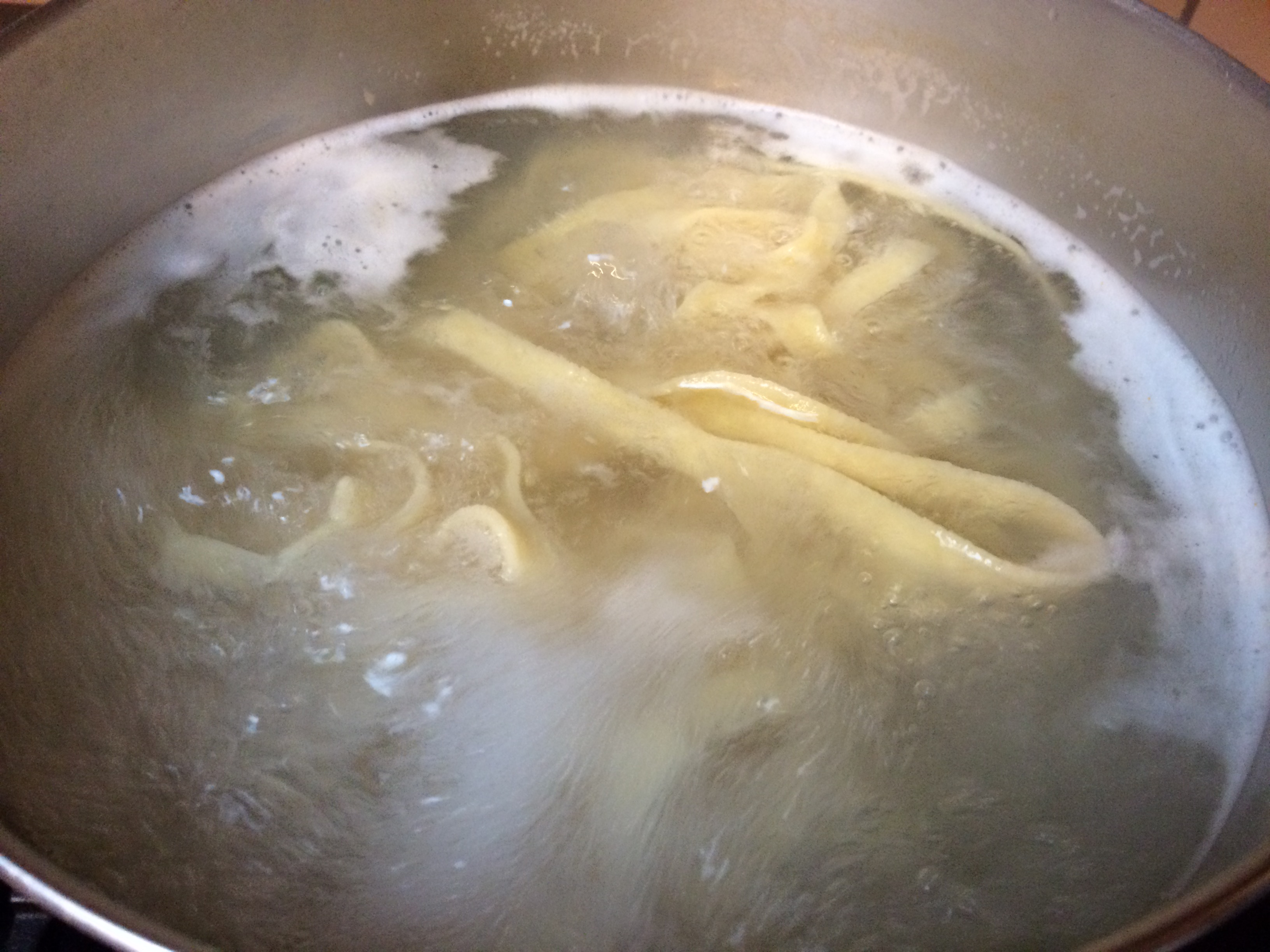How to Keep Produce Fresh
There are many suggestions of how to keep produce fresh. Here are some small, every day changes that you can make to keep produce fresh a little longer. We’ve talked about food waste before and how a large percentage of it comes from fruits and vegetables since they generally have a shorter shelf life than many other foods. So, one way to help both your food budget and food waste is to do what you can to keep produce fresh as long as possible so that you can make use of every fresh fruit and vegetable that you buy.
This list of how to keep produce fresh should help keep veggies fresh, keep fruits fresh and even help with the overall reduction of worldwide food waste.

How to Keep Produce Fresh
- Take produce out of plastic bags when you get home from the store. Airtight wrappings suffocate fresh produce and speed up the process of decaying.
- Don’t wash produce until you’re ready to use it. Moisture encourages decomposition and the growth of mold.
- Don’t tear off fruit and vegetable stems. Once these living cells are broken, microorganisms begin to grow. Keep all your produce whole for as long as you can.
- Keep fresh herbs in a glass of water loosely covered with plastic wrap to keep them fresh longer, just change the water often.
- Buying a combination of ripe and unripened fruit is fine, as long as you make use of their natural gas to either shorten or lengthen their shelf life as needed.
- Use the most perishable produce first. Check out how long the fruits and vegetables that you purchased will last and try to use the ones with the shortest shelf life first. Also check out the suggested storage methods for each fruit and vegetable while reading each page for tips on keeping produce around longer.
- If you have a dehydrator (if not you can use a very low heat in your oven): Dehydrate leftovers for DIY soup mixes and dips. Dry the last bits of celery, parsley, onions, garlic, and ginger before they wilt. They make great seasonings.
- If you use a juicer, don’t throw the pulp away. It can be added to things like meatloaf for added flavor and moistness. Or, dry it and turn it to powder to add some fiber to breads and soups.
- If you’ve got canning supplies, ferment vegetables before they rot.
- Use your freezer. Keep cilantro and parsley stems, onion peels, celery leaves, mushroom stems and other veggie scraps in a bag in your freezer. When you have enough, simmer them into a stock for soup.
- If you’ve too many fruits about to go bad, throw them in a freezer safe container for later use in a smoothie.
- Try freezer-safe glass Mason jars. Fill them with anything, like homemade applesauce and then load the jar even while the food is still warm. Once you screw on the lid they stay nicely in the freezer without having to use plastic containers or bags. Most plastic containers crack easily when frozen.
- Popsicle molds, muffin pans and ice cube molds also work well for freezing pureed fruit pieces or other liquids. They can be popsicles, ice for drinks, additions to smoothies or added to other recipes where you need some juice and have none fresh.
- Use your baking pan to roast any vegetables that may be reaching their eat by date while you’re making dinner. A little olive oil or butter and salt & pepper and you’ve got a nice side dish or addition to your freezer for a future heat & eat.
- Go through your freezer each month if possible, just to see what’s in there. Once you know what’s in there, you are more likely to find a use for it. Also, if you find things that you can’t figure out what they are due to freezer burn then it’s probably time to toss those items.
Misshapen Produce
Hopefully we’ve provided some ideas on how to keep produce fresh in your kitchen. As we’re all becoming more and more aware of the problems that food waste are causing and we know that individual kitchens are just a fraction of the equation. This article concentrates on fruits and vegetables and keeping them fresh for longer since estimates are that around 40% of fruits and vegetables (that take natural resources to grow) end up in the trash.
You may have caught the episode of Shark Tank where a guy is delivering ugly fruits and vegetables, ones grocery chains will not purchase because they are misshapen, for cheap. Would you buy this apple?

Additional Information
Ways to Make Use of Fruits, Veggies and Other Food Scraps
Making your own pizza is a great way to use up both veggie scraps, cheese scraps, bits of tomato sauce, pasta sauce, small amounts of meats, etc. Pizza crusts are pretty simple to make or buy and can be loaded with whatever you’ve got if you’re willing to experiment. Pizza leftovers then travel really well in a lunch box as they can be enjoyed either cold or warmed up.
Other suggestions for using small scraps of different cheeses are to make fondue, toss it into salads, soups, potatoes or make mac & cheese.
We happen to love leftovers, but some people hate them. Figure out ways to re-purpose your leftovers so they don’t taste the same. One recipe can easily be turned into another if you think about it. I’ve seen many estimates that just eating leftovers can save $175 a month and room in your trash can. Not sure how they came up with that number, but we do know you’ll save.
Use stale bread before it goes moldy for things like French toast, bread pudding, croutons, bread crumbs, fondue, meatballs, French onion soup or simply revive your old bread.










